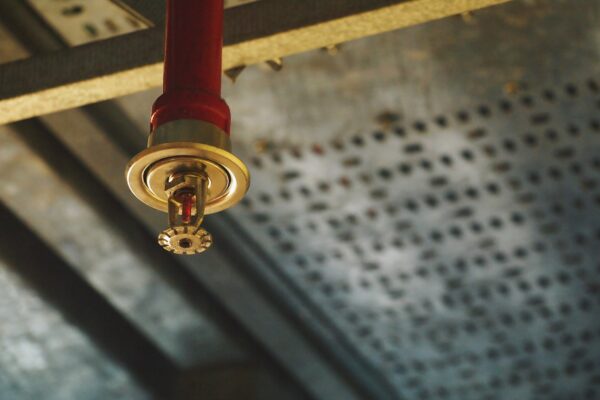 Fire protection is crucial no matter the size of the residence you operate. When planning a new construction project, ensure you understand the fire sprinkler code requirements. The National Fire Protection Association (NFPA) introduced a residential sprinkler design standard, NFPA 13R, that is geared toward low-rise residential properties. The purpose of the new standard is to aid and control residential fires while improving protection against fatal injuries in multifamily properties.
Fire protection is crucial no matter the size of the residence you operate. When planning a new construction project, ensure you understand the fire sprinkler code requirements. The National Fire Protection Association (NFPA) introduced a residential sprinkler design standard, NFPA 13R, that is geared toward low-rise residential properties. The purpose of the new standard is to aid and control residential fires while improving protection against fatal injuries in multifamily properties.
There are two types of standards by the National Fire Protection Association, the NFPA 13 and the NFPA 13R. It’s important to fully understand the differences between the two when constructing a new residential facility. Initially you might want to go with the lower cost option, however it could leave your building at risk if it’s not the proper fit.
What are the differences and how will it affect your premiums?
- NFPA 13: This standard is applicable in commercial, residential and non-residential buildings, usually at a higher cost. Useful in larger buildings, it’s purpose is to provide both life safety and preserve the property along with resident belongings.
- NFPA 13R: Limited to multifamily properties under four stories, this standard is a reduced sprinkler system. In a 13R building, it is typically not required for attics, closets or bathrooms to have sprinklers. This puts the facility at higher risk for property damage and larger claims in the event of a fire, which is why it is mostly used in hotels, motels, townhouses and small apartment buildings. While a lower cost upfront, this can result in higher premiums in the event of a claim.
NFPA standards are only applicable if your state and local fire team adopts these regulations. For more information on fire protection standards, contact a member of our real estate team for more on regulations and requirements.




